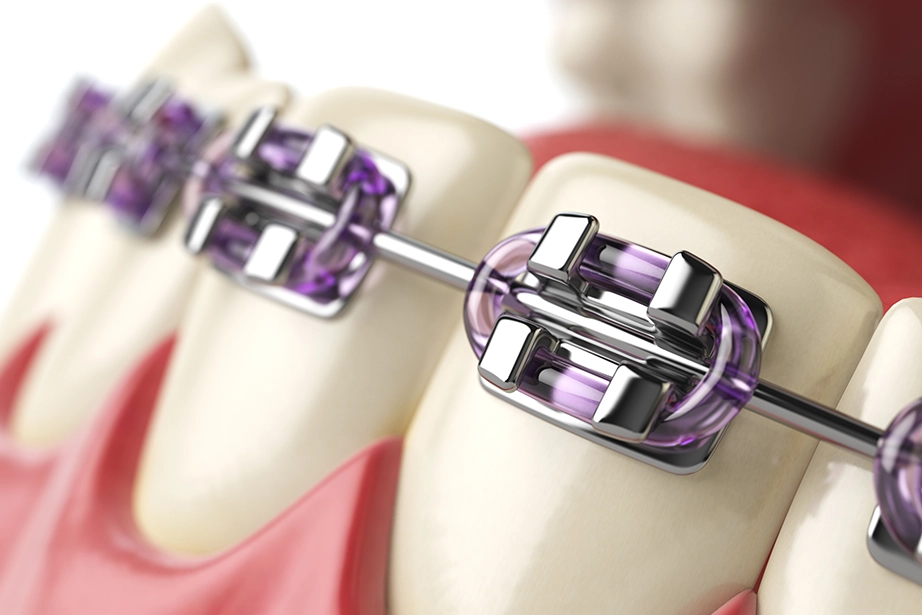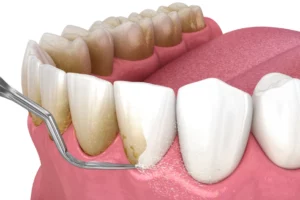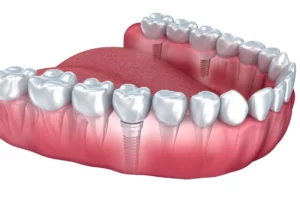Introduction
Maintaining optimal dental health often involves considering orthodontic options like braces. This guide provides a comprehensive exploration of various types of braces, each with its own set of features and considerations.
Traditional Braces
A. Description and Components
Traditional braces consist of metal brackets attached to each tooth, connected by wires and secured with rubber bands.
B. Pros and Cons
Pros: Effective for complex cases, often more affordable.
Cons: Visible appearance, potential discomfort, and longer treatment duration.
Clear Aligners
A. Explanation of the Technology
Clear aligners use advanced 3D technology to create a series of custom-fit, transparent trays that gradually shift teeth into place.
B. Pros and Cons
Pros: Virtually invisible, removable for eating and cleaning.
Cons: Limited effectiveness for severe cases, higher cost.
Lingual Braces
A. Definition and Differences
Lingual braces are placed on the back of teeth, making them less visible than traditional braces.
B. Pros and Cons
Pros: Discreet appearance, effective for various issues.
Cons: Potential discomfort, challenging oral hygiene, and speech adjustment.
Damon Braces
A. Overview of Self-Ligating Braces
Damon braces are self-ligating, eliminating the need for elastic ties.
B. Pros and Cons
Pros: Faster treatment, less friction, fewer adjustments.
Cons: Higher cost, potential discomfort.
Invisalign
A. Specifics of the Invisalign System
Invisalign employs clear, removable aligners customized for each patient.
B. Pros and Cons
Pros: Nearly invisible, removable for convenience.
Cons: Requires discipline for consistent wear, limited effectiveness for complex cases.
Ceramic Braces
A. Description and Materials Used
Ceramic braces use tooth-colored brackets and wires for a less noticeable appearance.
B. Pros and Cons
Pros: Aesthetic appeal, effective for various issues.
Cons: Prone to staining, higher cost.
Factors to Consider When Choosing Braces
A. Cost Considerations
Evaluate the overall costs, including consultation fees, follow-up appointments, and potential additional treatments.
B. Treatment Duration
Consider the estimated treatment time for each type of braces, understanding that it may vary based on individual cases.

C. Aesthetic Preferences
Factor in the visibility and appearance of the braces, aligning them with personal preferences.
D. Oral Hygiene and Maintenance Requirements
Understand the specific oral care routines and maintenance requirements associated with each type of braces.
Conclusion
In conclusion, the variety of braces available allows individuals to tailor their choice based on their unique needs, preferences, and dental conditions. By considering factors such as cost, treatment duration, aesthetics, and maintenance requirements, one can make an informed decision on the most suitable type of braces for achieving a healthier and straighter smile.




